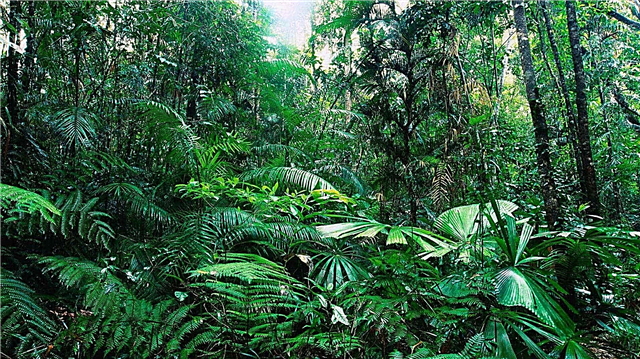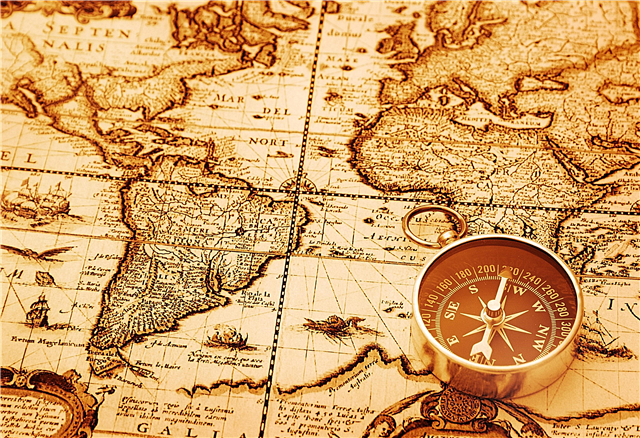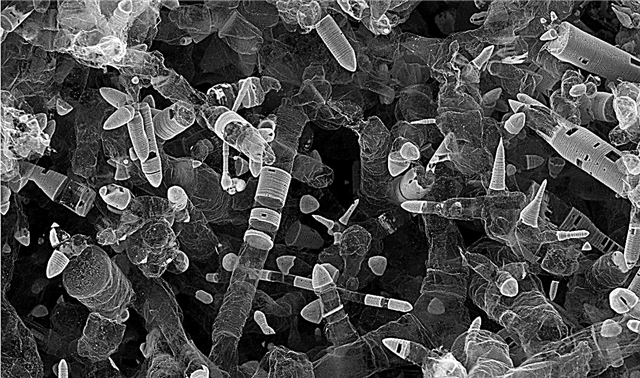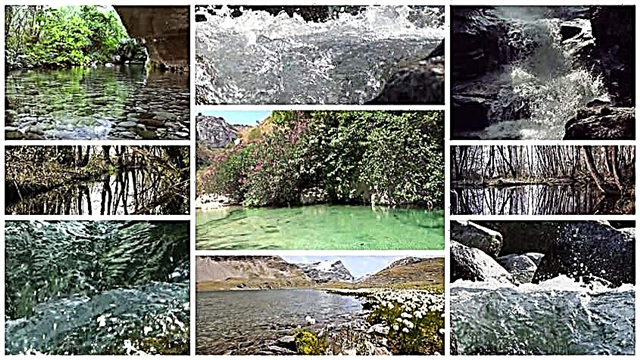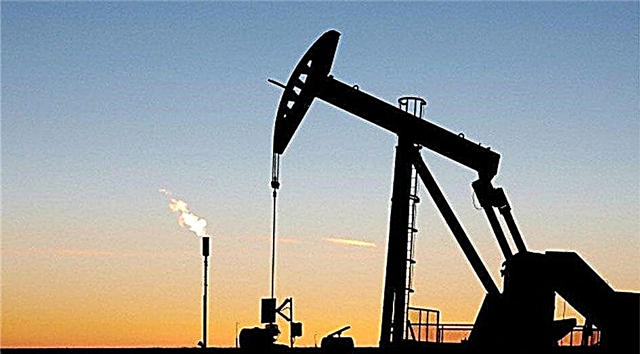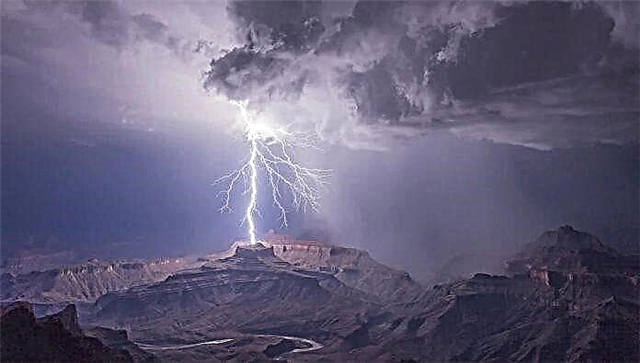
We live on Earth and are not even surprised when water begins to drip from the sky. We are accustomed to large cumulus clouds, which first form from water vapor, and then decay, raining down on us.
On other planets of the solar system, clouds also form and there are rains. But these clouds, as a rule, do not consist of water at all. Each planet has its own unique atmosphere, which determines no less unique weather.
Weather on Mercury
Mercury - the planet closest to the Sun - is a lifeless world covered with craters, on the surface of which the daily temperature reaches 430 degrees Celsius. The atmosphere of Mercury is so rarefied that it is almost impossible to detect. There are no clouds or rains on Mercury.
Weather on Venus
But Venus, our closest neighbor in space, has a rich and powerful cloud cover pierced by zigzags of lightning. Until scientists saw the surface of Venus, they thought that there were a lot of wet and marshy places, completely covered with vegetation. We now know that there is no vegetation there, but there are rocks and heat up to 480 degrees Celsius at noon.
There are real acid rains on Venus, since the clouds of Venus are made up of deadly sulfuric acid, not life-giving water. But at a temperature of 480 degrees Celsius, apparently, even such rain is impossible. Drops of sulfuric acid evaporate before they reach the surface of Venus.
Weather on Mars
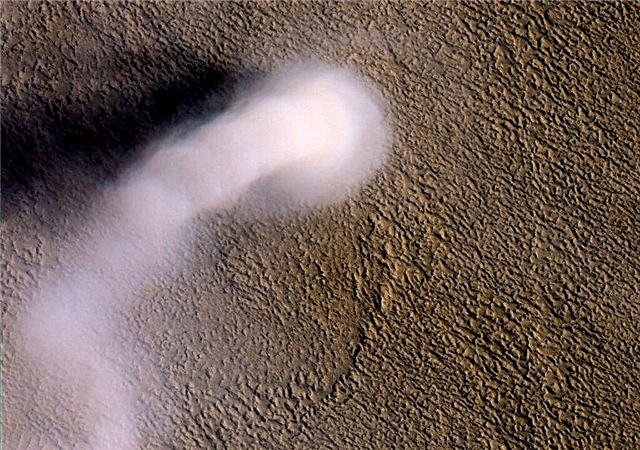
Mars is the fourth planet in the solar system.Scientists believe that in ancient times, Mars, perhaps, by natural conditions was similar to the Earth. Currently, Mars has a very rarefied atmosphere, and its surface, judging by the photographs, is similar to the deserts of the southwestern United States of America. When winter comes on Mars, thin clouds of frozen carbon dioxide appear over the red plains and frost covers the rocks. In the mornings there is fog in the valleys, sometimes so thick that it seems like it is about to rain.
However, the river channels that plowed the surface of Mars are now dry. Scientists believe that once these rivers really flowed water. Billions of years ago, in their opinion, the atmosphere on Mars was denser, maybe heavy rains fell. What remains of this water abundance today covers the polar region with a thin layer and accumulates sparsely in rock crevices and in soil cracks.
Weather on Jupiter
Jupiter - the fifth planet from the Sun - is completely different from Mars. Jupiter is a giant rotating gas ball, consisting mainly of hydrogen and helium. Perhaps deep inside there is a small solid core covered with an ocean of liquid hydrogen.
Jupiter is surrounded by colored stripes of clouds. There are clouds made up of water, but most of Jupiter's clouds are crystals of solidified ammonia. There are storms on Jupiter, even severe hurricanes, as well as, according to scientists, rains and snowfalls from ammonia. But these "snowflakes" melt and evaporate before they reach the surface of the hydrogen ocean.
Weather on Saturn
Saturn is another giant planet, very similar to Jupiter and having similar weather to it. Voyager recorded a thunderstorm on Saturn. She captured an area of about 100,000 square kilometers.
Interesting fact: on Saturn’s satellite Titan, rain pours from the sky - frozen gasoline.
Weather on Uranus
Uranus is also a gas planet covered with powerful clouds. Some of these clouds, consisting of methane, resemble giant copies of terrestrial thunderclouds. Similar to huge anvils, they are piled in the sky of Uranus. It is possible that drops of liquid methane fall from these clouds, which evaporate before reaching the surface of the planet.
Weather on Neptune and Pluto
Distant gaseous Neptune is a mysterious planet. We know that its clouds are made of frozen methane, but what weather in Neptune is unknown to us. The frozen Pluto, 5.8 billion kilometers away from the Sun, is a world that we have not known at all.
But the nine planets of our solar system are not the only places in it where there may be precipitation. On Titan, Saturn’s great satellite, methane “snowflakes” fall out of the reddish clouds and plunge into the ocean of methane or nitrogen. From the sky of the Titan can go and gasoline rains. Maybe the day will come when ships controlled by robots will sail across the seas of the Titan.



